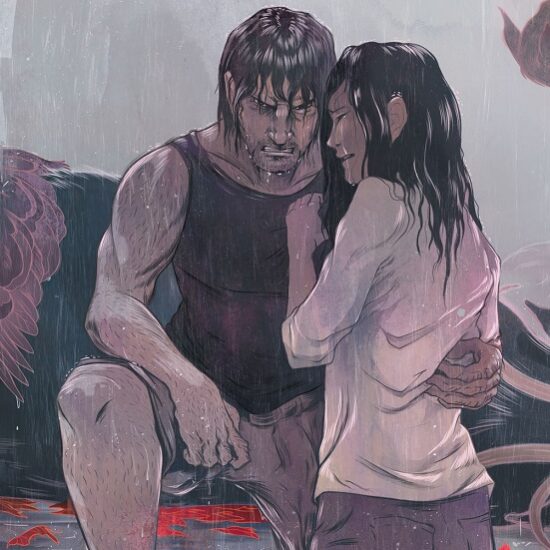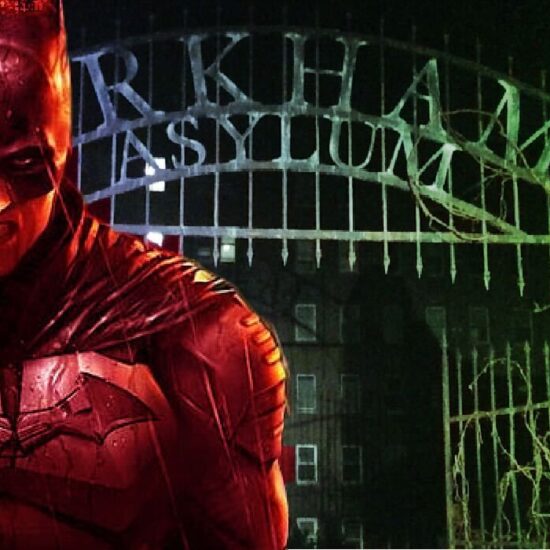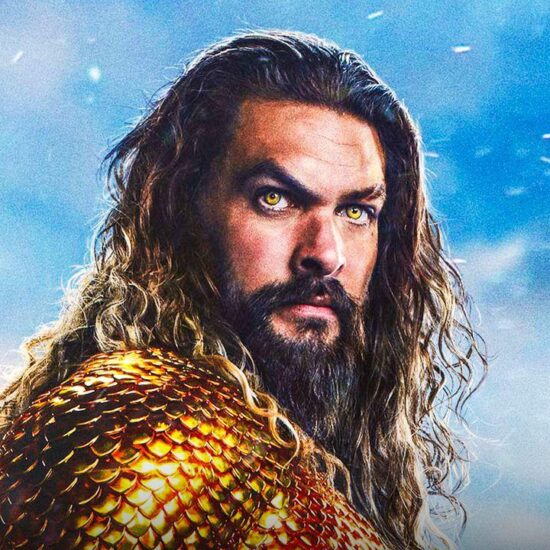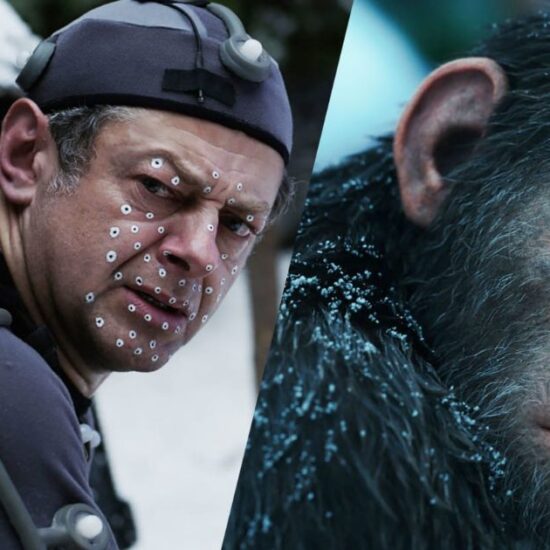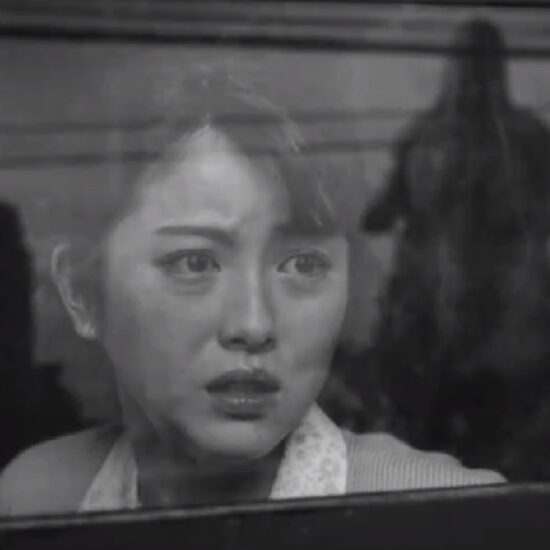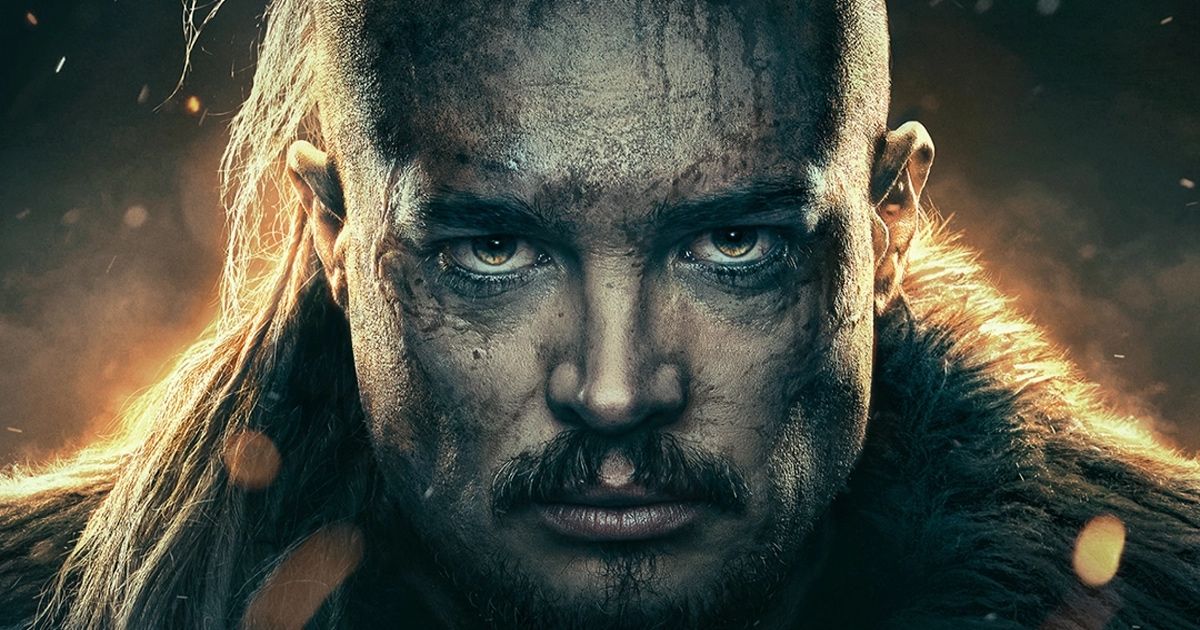
Life in the 10th century was intense. Look no further than The Last Kingdom: Seven Kings Must Die, which recently hit Netflix. The stand-alone feature-length film marks a fitting final touch to the popular British Netflix series, The Last Kingdom, which is based on the compelling novels by Bernard Cornwell. Written by Martha Hillier and directed by Ed Bazalgette, the film takes place eight years after the events of season five, leaping off the series to bring back Uhtred (Alexander Dreymon).
He’s the daunting warrior leader of a Northumbria region who now is confronted by the death of King Edward, to whom Uhtred vowed allegiance when season five bowed. The King’s son, Aethelstan (Harry Gilby) rises to power and decides — advised, perhaps — to take over all of Britain’s kingdoms.
Bold move. How will he overthrow eight kings? A prophecy suggests that seven of those kings will perish and as things play out Uhtred must decide where his loyalties rest — with the king, or with his homeland. For head of photography Luke Bryant, The Last Kingdom: Seven Kings Must Die, was a mammoth undertaking. There were countless camera angles to master a bevy of challenges using multi-camera setups, including the epic final battle. He shared more about the film with MovieWeb in this exclusive interview.
Breaking Down the Shots & Special Cameras
Luke Bryant had a monstrous workload in The Last Kingdom: Seven Kings Must Die. For starters, he had to switch to an anamorphic style of shooting for the film while also keeping hand-held shots so that he could adapt a similar look of the series. But that approach gives this outing a more cinematic look.
“The main difference between what we did in the preceding five seasons of the show is that anamorphic style,” said Bryant. “If you’re in your 40s, a lot of the films you grew up watching were shot anamorphically, whether it’s something you’re aware of or not. An audience member will always be aware of it, even though they might not be able to tell you that the anamorphic lens is a wider aspect ratio, or the depth-of-field of those kinds of things. But they noticed it. Audiences are smarter than we give them credit for. We just felt that with this tale, because it was summing up five seasons of the show, we asked ourselves how we could stay true to the visual DNA of the show, too.”
There’s a lot of handheld, almost documentary-like feel to these scenes from the Middle Ages. In fact. “We wanted to raise the stakes and give you a wider aspect ratio, where everything looks a bit more epic on screen,” Bryant added. “Secondly, because anamorphic lenses basically squeeze the image when it goes on to the center, when something is out of focus, you get beautiful pockets and the quality of what is happening.”
The hand-held shots and along the rawness of the color here also allowed Bryant to create compelling visuals that immerses audiences in the gritty reality of the era, making them feel as if they are part of the journey regardless of whether it’s an intimate shot between the main characters or the astounding final battle, which included more than 300 extras and four cameras.
Filming the Epic Battle Was a Battle Itself
Bryant admits that the film’s final battle sequence was certainly the most challenging thing he had to shoot. It was shot over 10 days with a second unit as well. “We were generally running for cameras, and we had a drone at the same time. So, trying to maintain a continuity, especially when we were filming in the middle of Hungary in the winter with the temperature being -8 degrees, it was incredibly cold.”
Snow, wind, sleet, and rain joined the fun, too. “We were trying to marshal all the four cameras and then maintain unity with 300 extras on the battlefield. That was kind of crazy. And we were quite remote as well. So basically, every time you see all these shots, we feel like you’ve got thousands of men in the background. We were using very long lenses, cramming the frame as much as you can. And when we decided to shoot anamorphic lenses, they’re huge. They’re incredibly heavy. You’ve got camera operators just getting exhausted.”
Bryant’s use of lighting, camera angles, and composition stands out. For one, they emphasize the important intimacy of interpersonal relations with the characters here, and even foreshadows one character’s future and motivations. All that adds layers of depth to the project.
As for why viewers have been so enthralled with The Last Kingdom, Bryant chuckles. “They’re very tight. There is a huge, devoted fan base. That’s what I love. The fan base responds to it really being rooted in historical accuracy. There are plenty of shows which are shot in a more contemporaneous fashion because they’re trying to reach contemporary audience. But they’re not about historical accuracy. Whereas I feel like what we’re doing with The Last Kingdom, you feel like you’re watching a documentary that’s been made in the Middle Ages. It’s great.”
The Last Kingdom: Seven Kings Must Die is streaming exclusively on Netflix.










